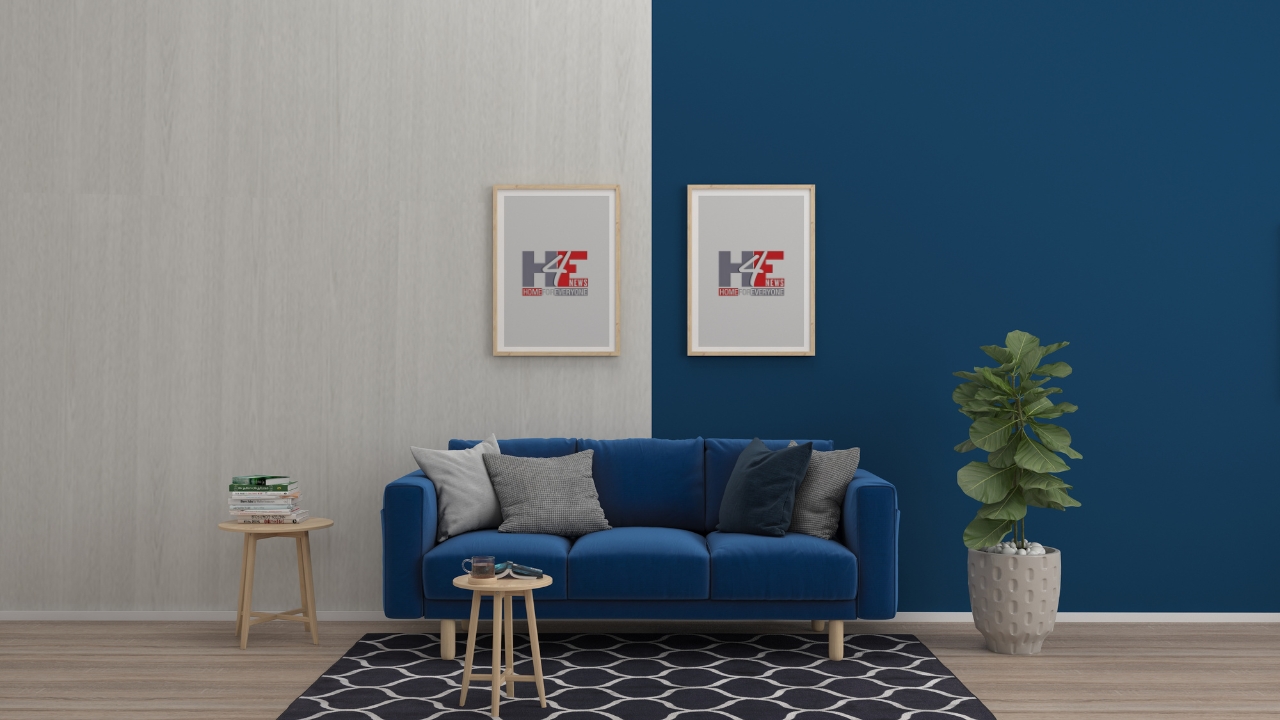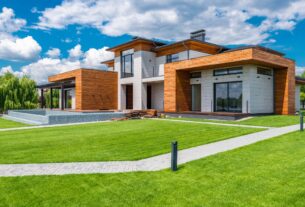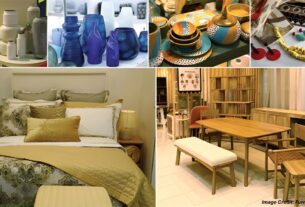Luxury meets responsibility—that’s the new mantra shaping India’s most opulent homes. Today’s affluent homeowners are not just interested in marble floors and crystal chandeliers. They want their homes to reflect a deeper sense of purpose—one that respects the planet, preserves craftsmanship, and inspires a sustainable future.
In this blog, we’ll explore the top eco-conscious interior design trends making their way into India’s high-end residences and how luxury is being redefined—one green choice at a time.
The Rise of Conscious Luxury in India
For India’s wealthy elite, luxury no longer means excess. It now means intentional living, where each design decision is mindful of sustainability. Whether it’s reclaimed wood furniture from Jaipur, handmade Khadi cushions from Bengal, or smart energy systems in Mumbai penthouses—green is the new gold.
Why this shift?
- Climate awareness has reached boardrooms and bungalows alike.
- Global trends from Milan to Manhattan are influencing Indian tastes.
- Younger homeowners (especially millennials and Gen Z) demand style with substance.
Top Eco-Friendly Interior Trends in India’s Elite Homes
1. Reclaimed & Upcycled Materials

Luxury homes are moving away from synthetics. In their place? Old teak doors turned into coffee tables, upcycled brass fixtures, and stone offcuts reborn as kitchen counters.
Why it’s luxe:
- Every piece tells a story
- Handcrafted details elevate design
- Adds a warm, lived-in character
📍Popular in: Bengaluru villas, Delhi bungalows, Goa beach homes
2. Biophilic Design

Biophilic design brings nature indoors—through plants, textures, light, and air. It’s not just aesthetic; it’s scientifically proven to boost well-being.
Features include:
- Indoor gardens and vertical green walls
- Large open windows and skylights
- Water elements like small fountains or ponds
📍Popular in: Farmhouses and urban retreats
3. Sustainable Textiles & Natural Fibers

From handloom linens to organic cotton, fabrics are getting an ethical upgrade. Khadi, hemp, jute, bamboo, and even recycled PET fabrics are becoming mainstream.
Trend examples:
- Organic cotton drapes with natural dyes
- Rugs handwoven from jute or banana fiber
- Linen beddings with vegetable-dyed prints
📍Sourced from: Kerala, Gujarat, Himachal, and Northeast India
4. Energy-Efficient Lighting & Smart Systems

India’s top homes now come with solar panels, motion sensor lighting, and automated energy-saving systems. Smart tech is being used not just for convenience—but to conserve.
Features to note:
- LED mood lighting
- Smart ACs and thermostats
- Rainwater harvesting + greywater reuse
📍Integrated into: Mumbai sky homes, Gurugram penthouses, Pune tech villas
5. Traditional Indian Craft Meets Sustainability

The elite are now turning to indigenous crafts not only for authenticity but for their inherently sustainable nature:
- Handwoven khadi curtains
- Brass lamps from Moradabad
- Madhubani murals on recycled wood panels
- Jaipur blue pottery that uses eco-safe glazes
This revival supports artisan communities while reducing carbon-heavy mass production.
Challenges in Going Green—Even for the Rich
While sustainable luxury is trending, it’s not always easy. Some hurdles include:
- Limited availability of eco-materials at scale
- Higher costs for organic and ethical sourcing
- Greenwashing risks from suppliers
But with demand increasing, many of these challenges are shrinking.
Green building isn’t a trend—it’s the future of design.
What’s Next: The Future of Sustainable Interiors in India
Here’s what we’re likely to see in the next 5 years:
✅ AI-driven energy management
✅ Zero-waste furniture
✅ 3D-printed clay walls
✅ Circular design systems
✅ Carbon-negative building materials
Luxury will no longer be defined by imported marble, but by local wisdom and low impact.







